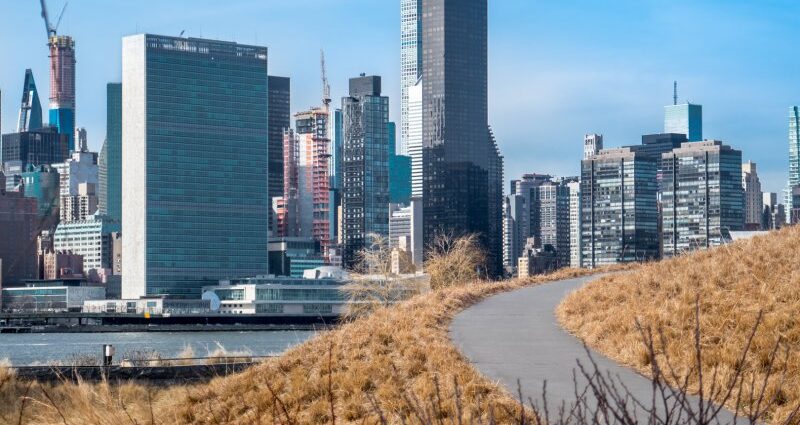Introducing our New York-based American Urbanism Correspondent Blair Lorenzo!
Here at Pedestrian Space we recently launched a Global Walkability Correspondents Network, as a way to build solidarity among walkability advocates around the world and continue to create media on sustainable mobility and urbanism.
We are grateful to welcome Blair as American Urbanism Correspondent to our growing network of individuals who are passionate walkability advocates.
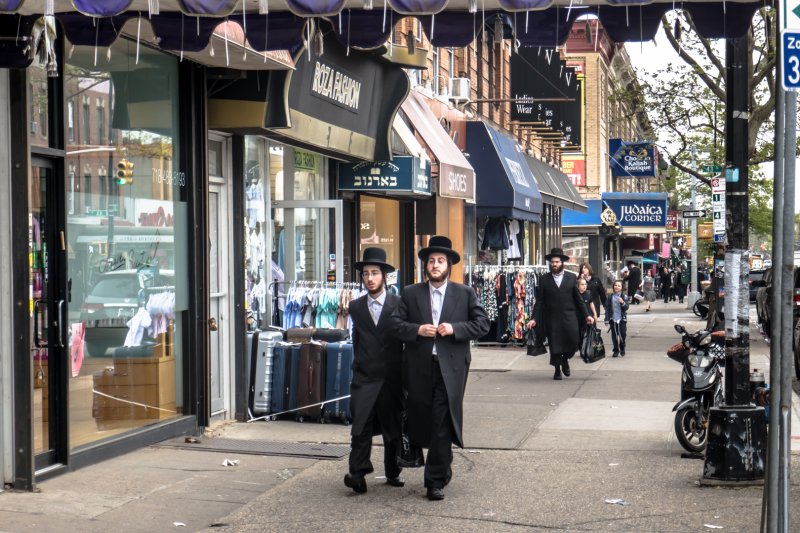
Today, as the reality of climate change sinks in, and as the results of both autocentric living and spatial segregation become ever more clear, these questions of urbanity are as important as they have ever been. Can America overcome its long standinding antipathy to urbanity, and build the functional, walkable, diverse, and equitable urban places that it both needs and deserves? This is one of the fundamental questions of our times, and drives much of what I do.
Blair Lorenzo
WHO
My name is Blair Lorenzo, and I am a professional urbanist and writer who has been studying cities and what makes them work for most of my adult life. Indeed, while the word urbanist can mean many different things to many different people, for me, it means that I spend my life first and foremost as a student of cities and urbanity. Through my work, I seek to understand these complex phenomena: how and why cities function (or fail to function), how and why they take the forms they do, and how that form, in turn, affects the lives and capacities of their denizens—all with an eye towards utilizing these understandings to help make cities more liveable, successful, and urban places.
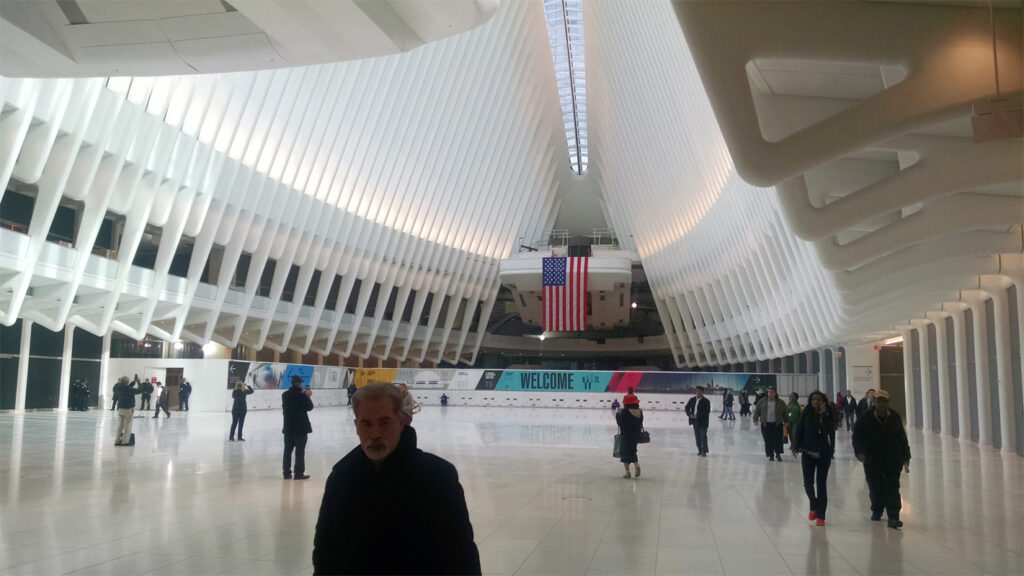
I sometimes describe my approach to cities as “urbanism qua urbanism,” that is, the study of a city as an entity unto itself. Thanks to their deep complexity, cities do not fit easily into existing disciplinary boundaries: in one way or another, they touch on almost every aspect of the human experience. As such, they tend to resist simplification, and instead require broad, interdisciplinary, and above all, human-focused understandings.

To that end, my work seeks to explore the American city through comprehensive critical analyses of urban spaces, places, and systems. In particular, I often focus on urban function, on the formative role of transportation, and on the vital importance of public spaces and the public realm. But although that description may sound a bit abstract and technical, I also firmly believe that the best forms of knowledge are open to all, and I work hard to try to ensure that my writing is accessible to anyone with an interest in the field. If that sounds anywhere near as interesting to you as it does to me, you can find my work on my website, The Fox and the City, as well as on social media (@foxandcity).
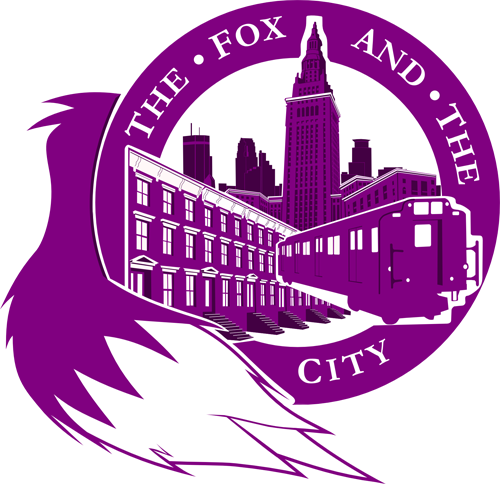
Over the course of a lifetime of study, I have earned both an MA in Urban Practice from the Parsons School of Design at the New School as well as a BA in Urbanism from New York University. Finally, I am humbled to currently be serving as the executive director of the Effective Transit Alliance (etany.org), a non-profit technical advocacy group dedicated to improving public transportation planning, construction, and operation in the New York City region.
I hope to help the network examine how the human, walkable environment works hand in glove with public transportation to create functional, urban cities.
Blair Lorenzo
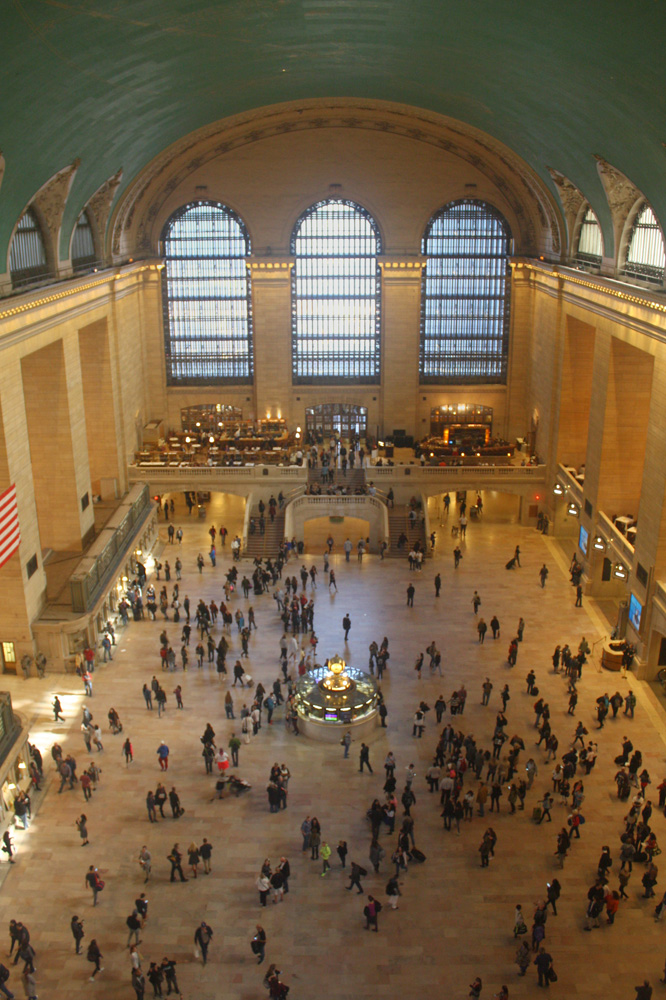
WHERE
In the unlikely event that someone ever writes a biography of my life, the introductory sections will be incredibly easy to construct: I am, at least in large part, an undeniable product of my environment. As a born and bred New Yorker who has lived in this city’s metro area for my entire life, New York has both shaped and continually nourished my love for the complexity, diversity, and vitality of urban life. This town is both my home as well as my normal, and holds an incredibly important space in my heart.
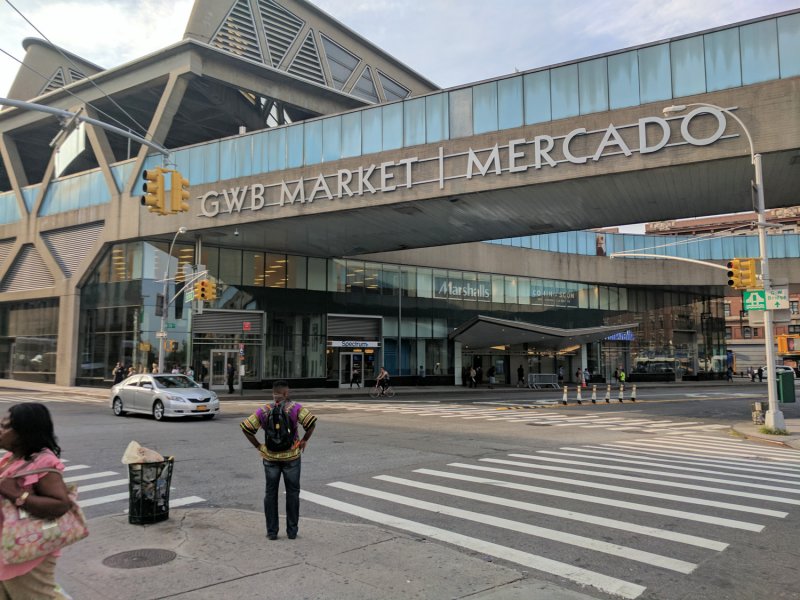
At the same time, however, while I live here and much of my work is thus focused here, one needn’t be an expert in American urbanism to see just how much of an outlier New York is in comparison to most of the rest of the United States. While New York and many of its sibling superstar cities often offer both compelling visions and vexing problems all their town, they are also at least somewhat sui generis, and can sometimes obscure the larger, more widespread issues facing American cities. To that end, my work tries to focus on the history, present, and future of American urbanism writ large.
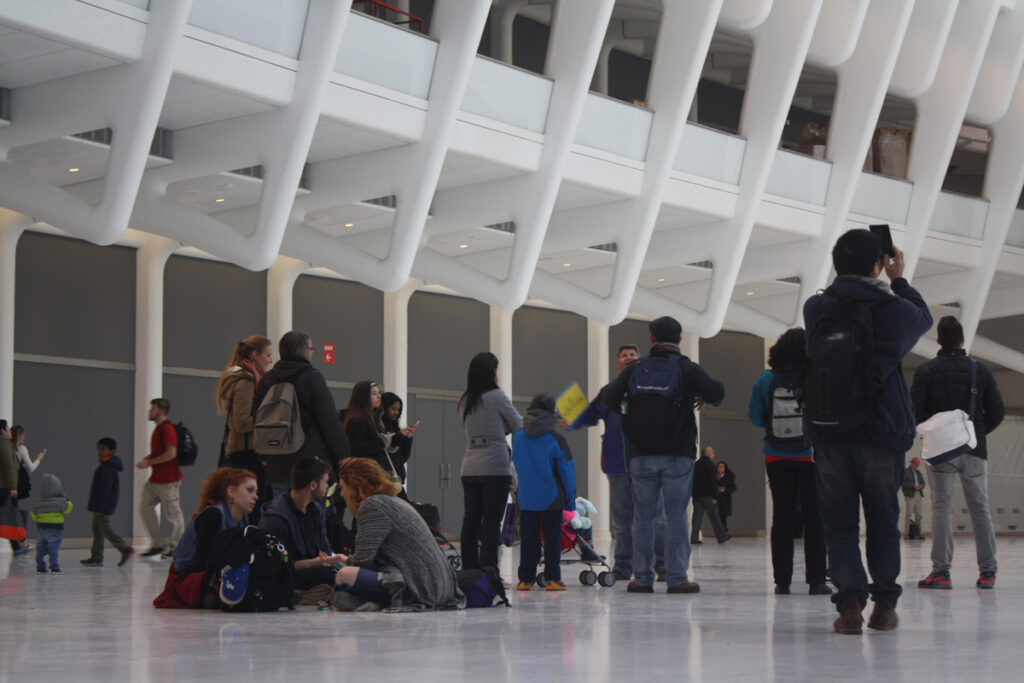
America’s relationship with its cities has always been ambivalent, at best. From its earliest days, this country has been torn between ideals of cosmopolitanism, openness, and industry on the one hand, and a more individualist, often pastoral desire to escape all the perceived ills of collected humanity on the other. Sadly, over the past century and a half, this debate has often been dominated by America’s long-running antipathy to all things urban, something which ultimately led to the destruction of many of the country’s urban centers and the creation of seemingly endless suburban and exurban landscapes.
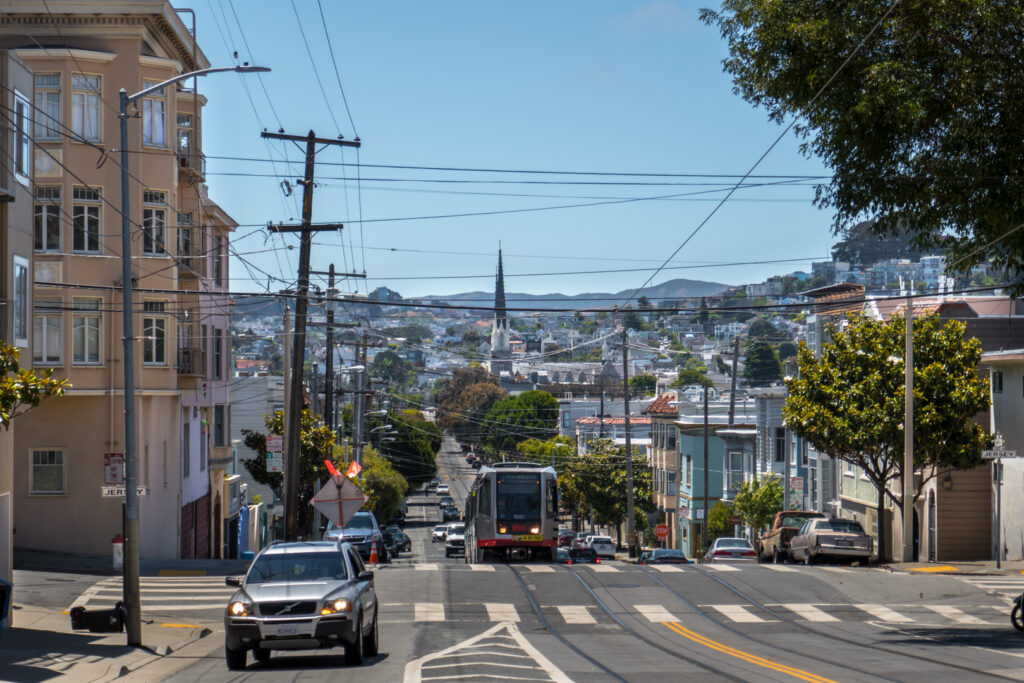
…urban places are in large part defined by the human experience. And from that perspective, few things are more fundamental to urban function than walkability and all it entails.
Blair Lorenzo
That, however, is not the whole story: for the last half-century or more, America has also seen a renaissance of urban thinking and ideas, all of which have culminated in more than twenty years of urban growth. Of course, this movement has not been universally positive: it has greatly benefited some cities more than others and has often been deeply inequitable. At the same time, however, it has nonetheless begun to flip the script as to how Americans understand their own cities and urbanity.
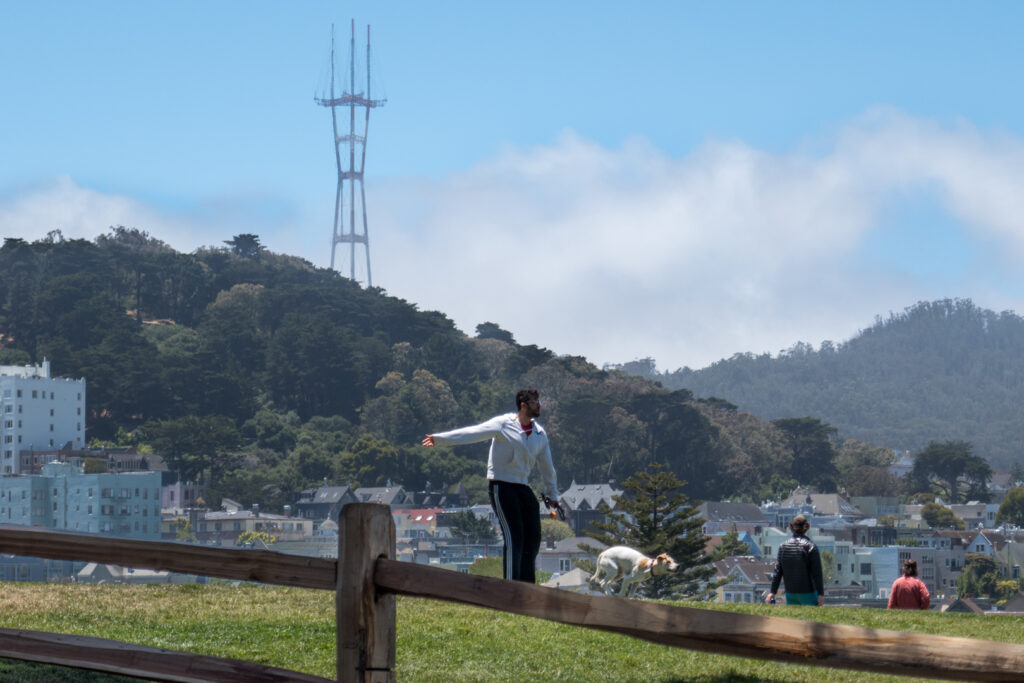
Today, as the reality of climate change sinks in, and as the results of both auto-centric living and spatial segregation become ever more clear, these questions of urbanity are as important as they have ever been. Can America overcome its long-standing antipathy to urbanity, and build the functional, walkable, diverse, and equitable urban places that it both needs and deserves? This is one of the fundamental questions of our times and drives much of what I do.
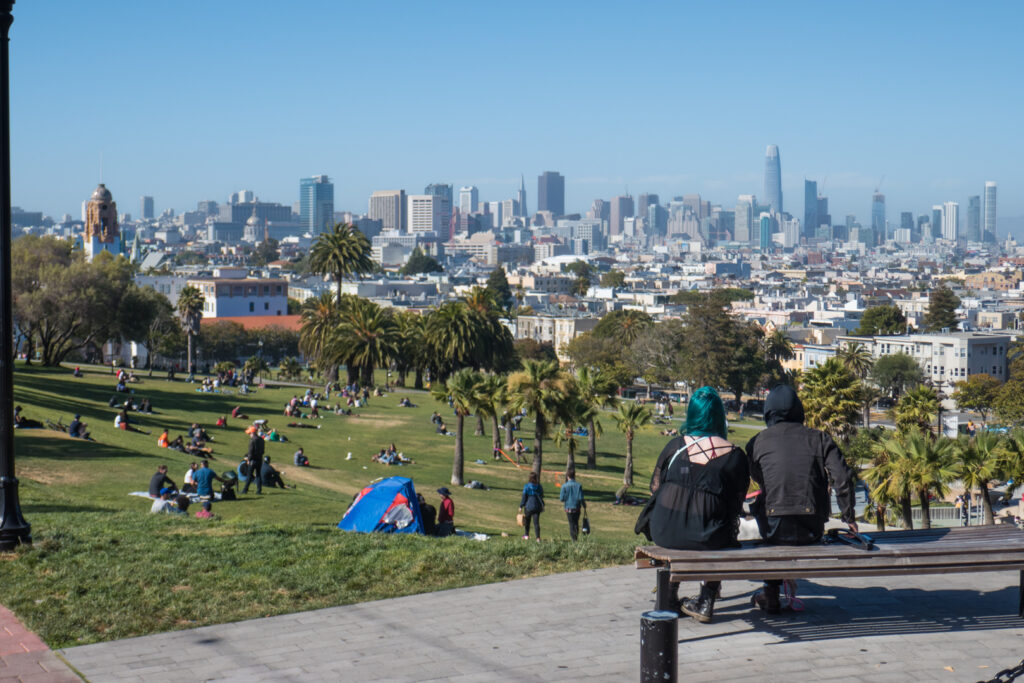
WHY WALKABILITY
When we imagine an urban place, we often conjure up a series of familiar images: for instance, busy shopping streets full of people, bustling cafes, bars and restaurants, lines of apartment buildings and row houses, busy trains and buses, and more. Even though the exact ideas will vary from person to person—and even though the idea can be hard to pin down, exactly—most of us have a fair sense of what an urban environment entails.
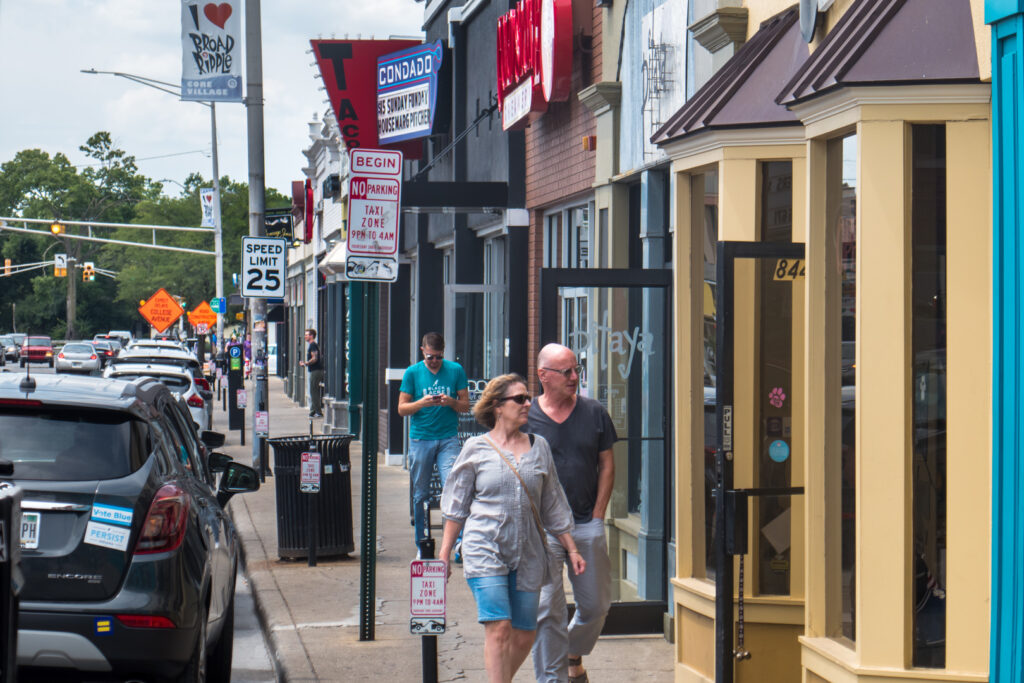
At the same time, however, ever since much of the world has begun to embrace the automobile, we’ve discovered something unusual: cities can indeed exist and function without urbanity, as seemingly endless sprawls of suburban and exurban landscapes. But while nearly a century of experience has shown that this type of existence can indeed work, it also shows that it comes at an incredible cost, not only in monetary terms, in energy consumption, and in physical space, but also in social isolation and spatial segregation.
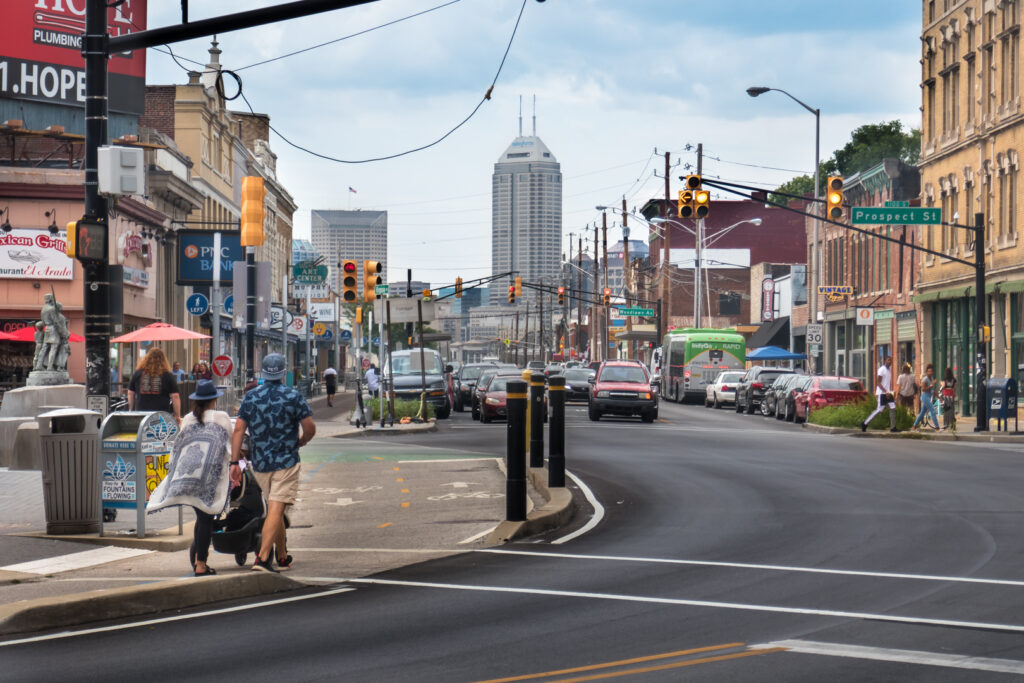
Ultimately, my work (as well as my heart) lies in understanding and helping maintain, build, and expand our urban cities and places. Urbanity, of course, is a complex and multifaceted phenomenon. One aspect, however, is fundamental: urban places operate from the human perspective, at the human scale. Indeed, urban places are in large part defined by the human experience. And from that perspective, few things are more fundamental to urban function than walkability and all it entails.
New York has both shaped and continually nourished my love for the complexity, diversity, and vitality of urban life. This town is both my home as well as my normal, and holds an incredibly important space in my heart.
Blair Lorenzo

Through this network, I hope to contribute some pieces that offer a glimpse into the past, present, and future of not only American urbanism, but urban function writ large. At the same time, however, I also hope to work with the members of this network to grow and deepen our shared understandings of urban environments, and to explore both the potentials and potential pitfalls of walkable urbanism. I hope to help the network examine how the human, walkable environment works hand in glove with public transportation to create functional, urban cities. And ultimately, I hope to help the members of this network to develop and refine their own sophisticated understandings of urban life and urban function—one they can utilize in their own work and in their own lives.
View the talk Blair gave in January to TransitCon on the Symbiotic Intersection of Transit and Public Space below:
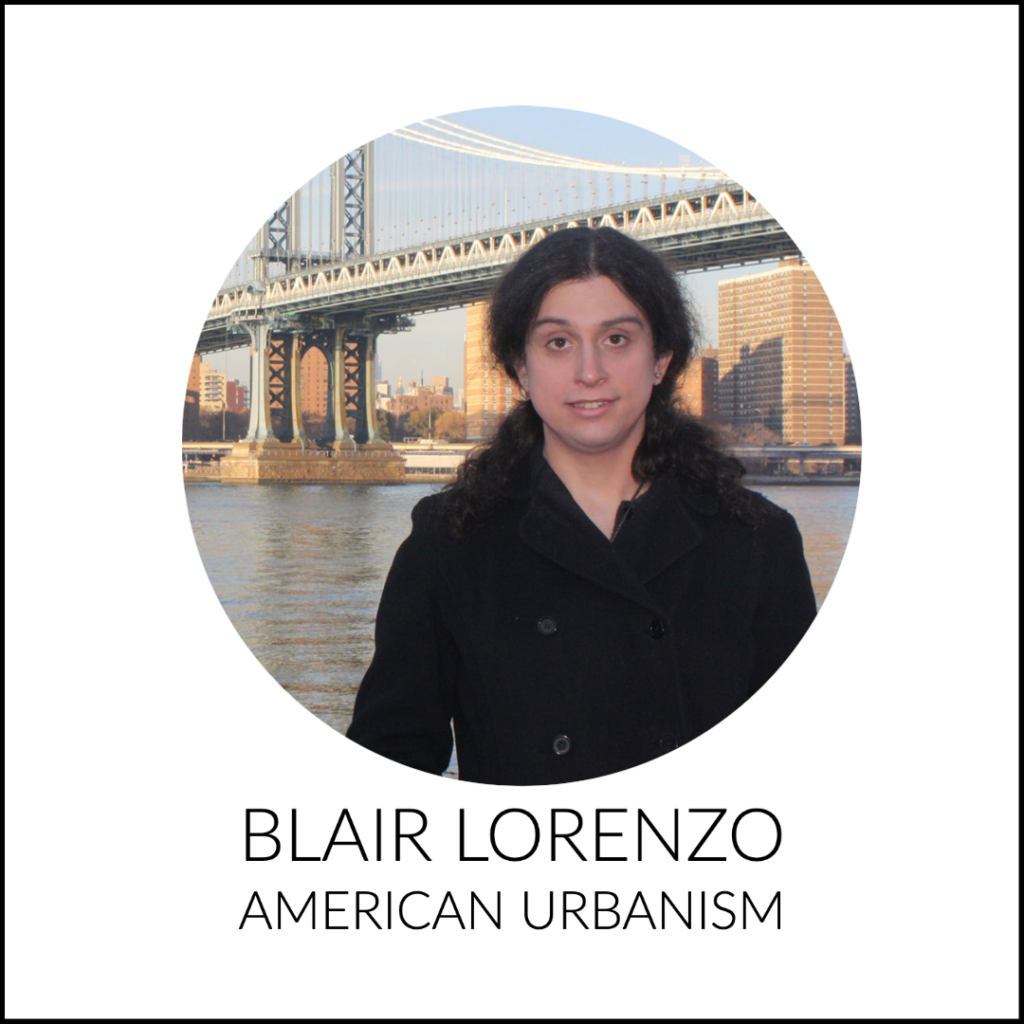
Blair Lorenzo is a world-famous urban theorist who… wait, this has to be honest!? Bah! Blair is a professional urbanist and writer who is dedicated to exploring how American cities work through critical analyses of urban spaces, places, and systems. Primarily focused on urban function, the impact of transportation, and the importance of the public realm, her work can be found at her website, The Fox and the City.
Read American Urbanism Correspondent Blair’s content here
Learn more about the Global Walkability Correspondents Network here

